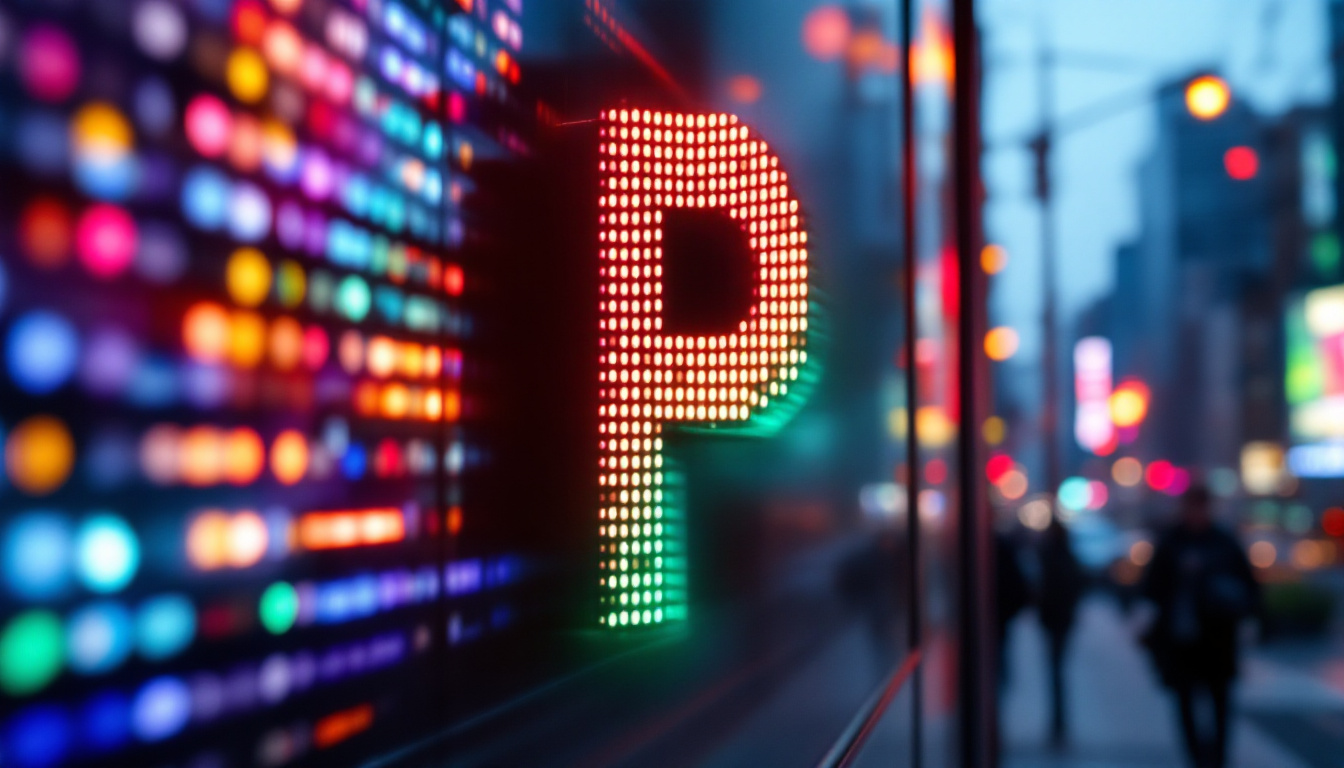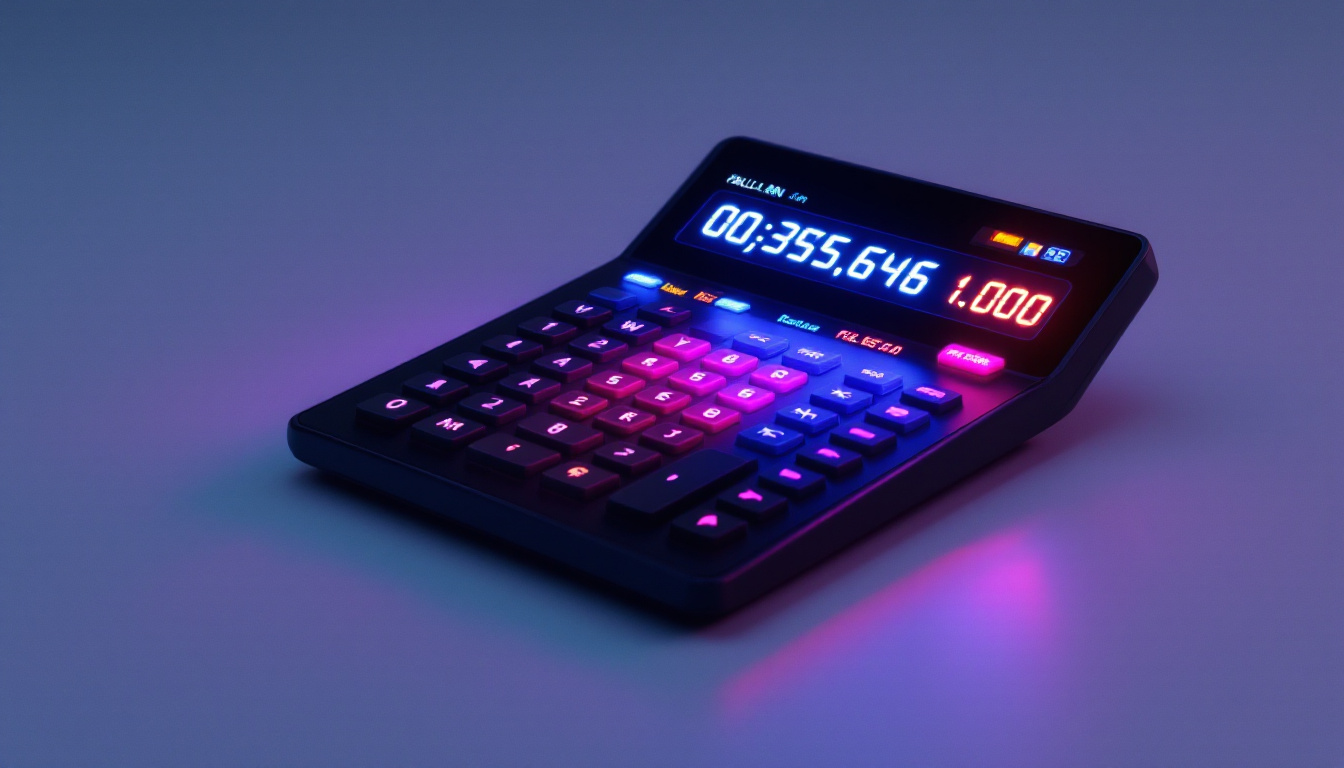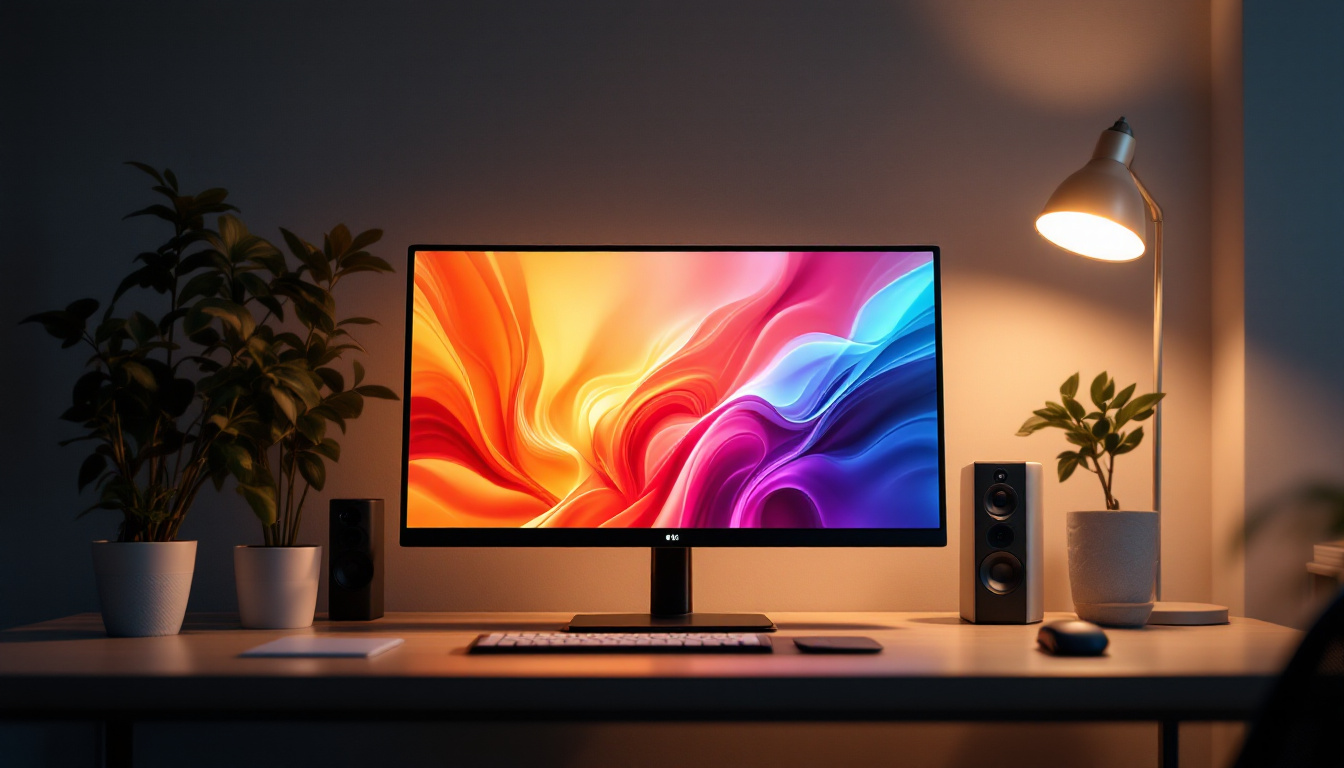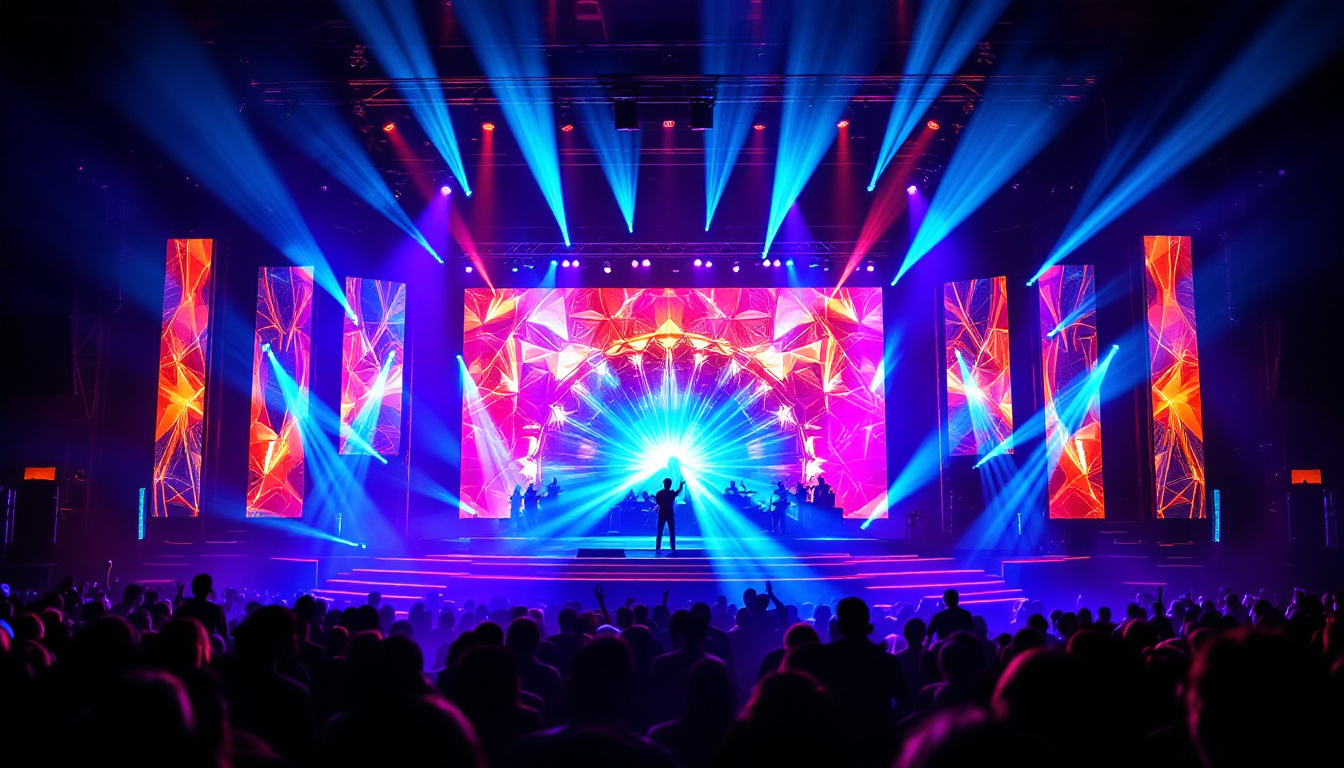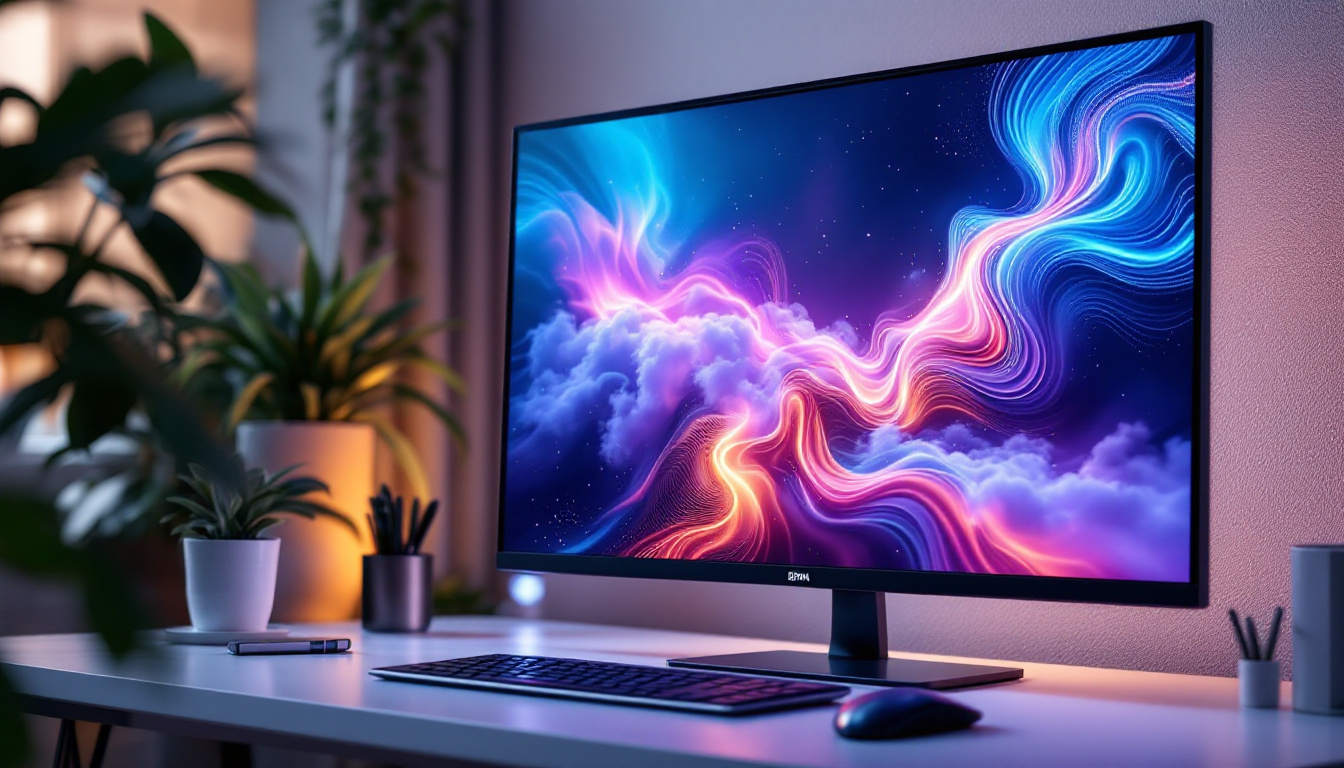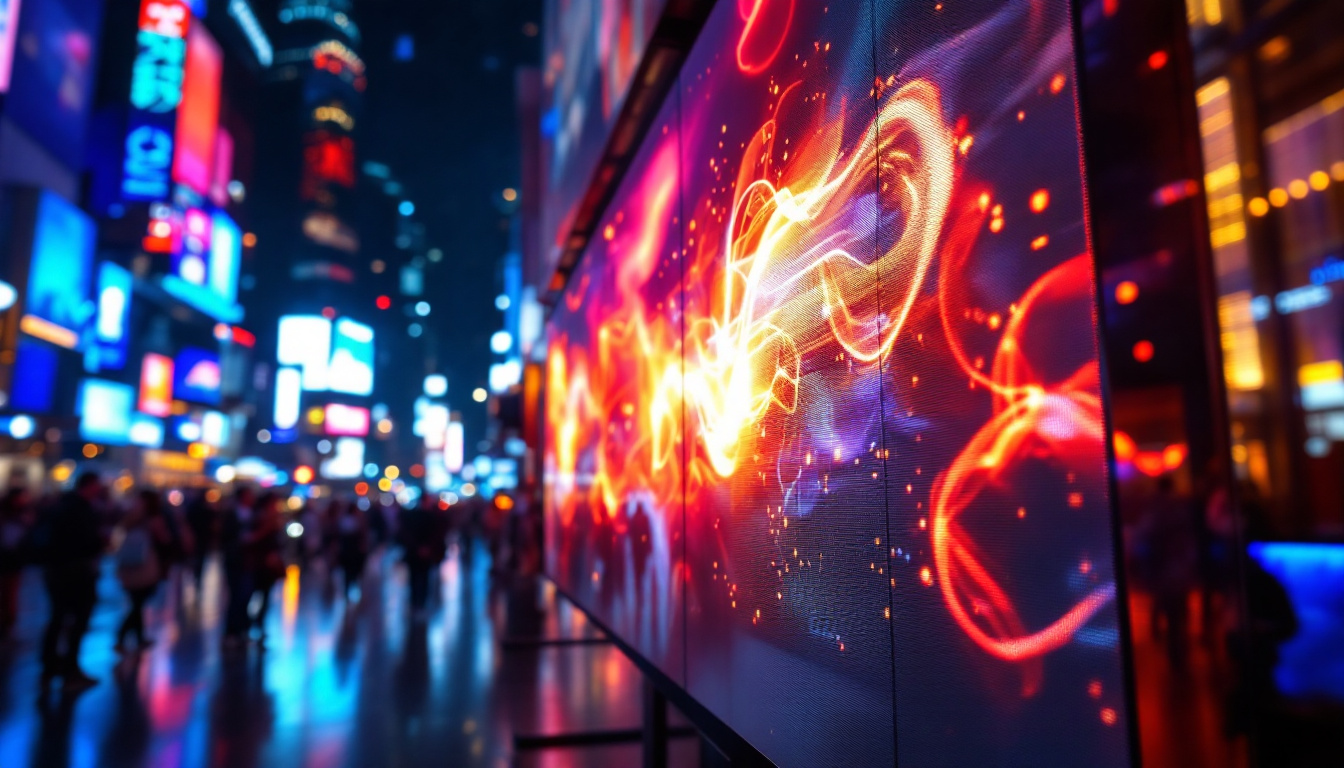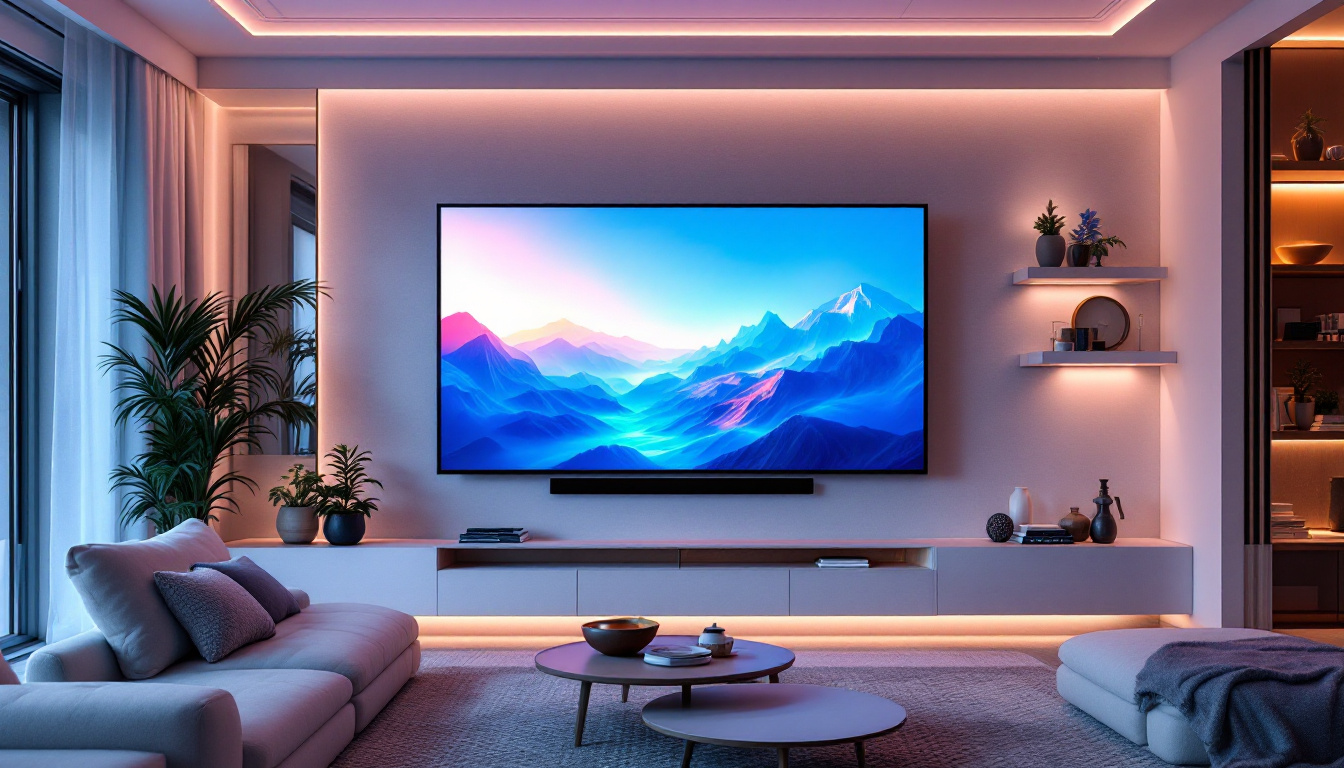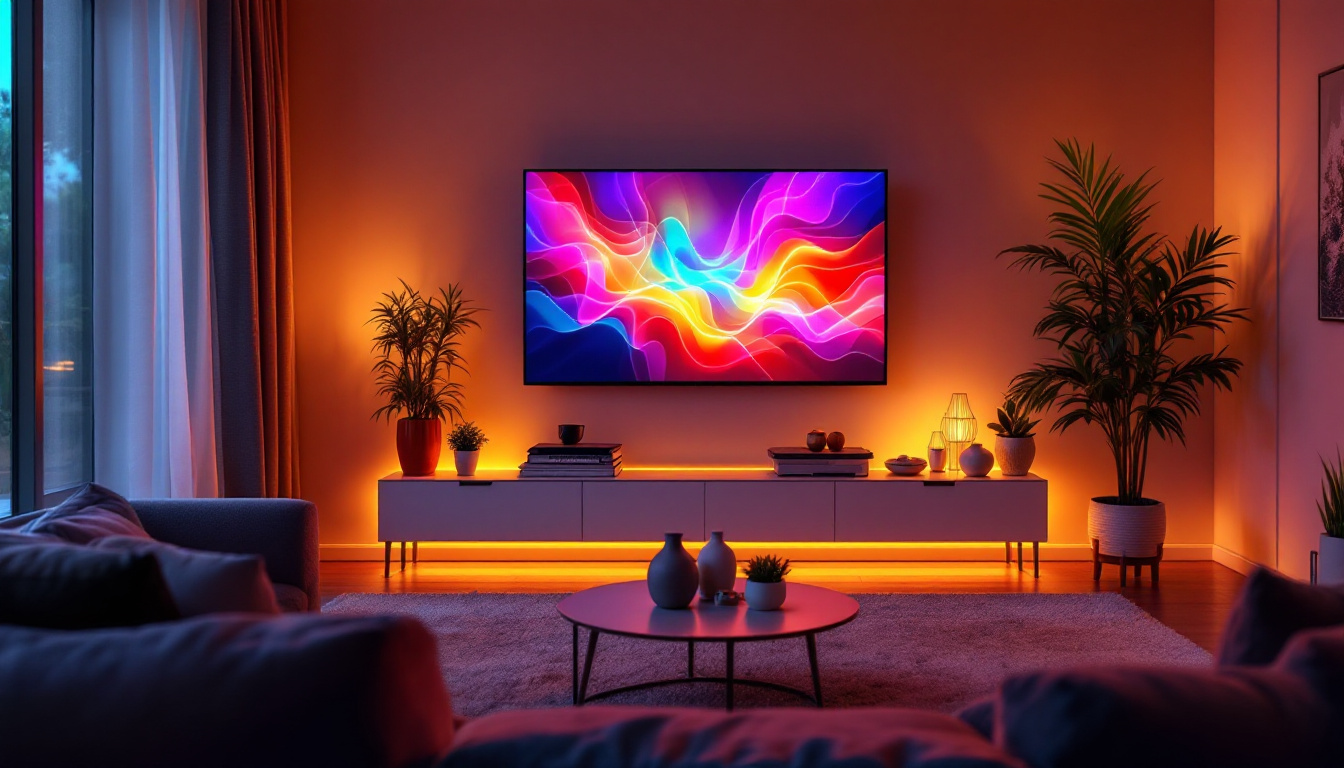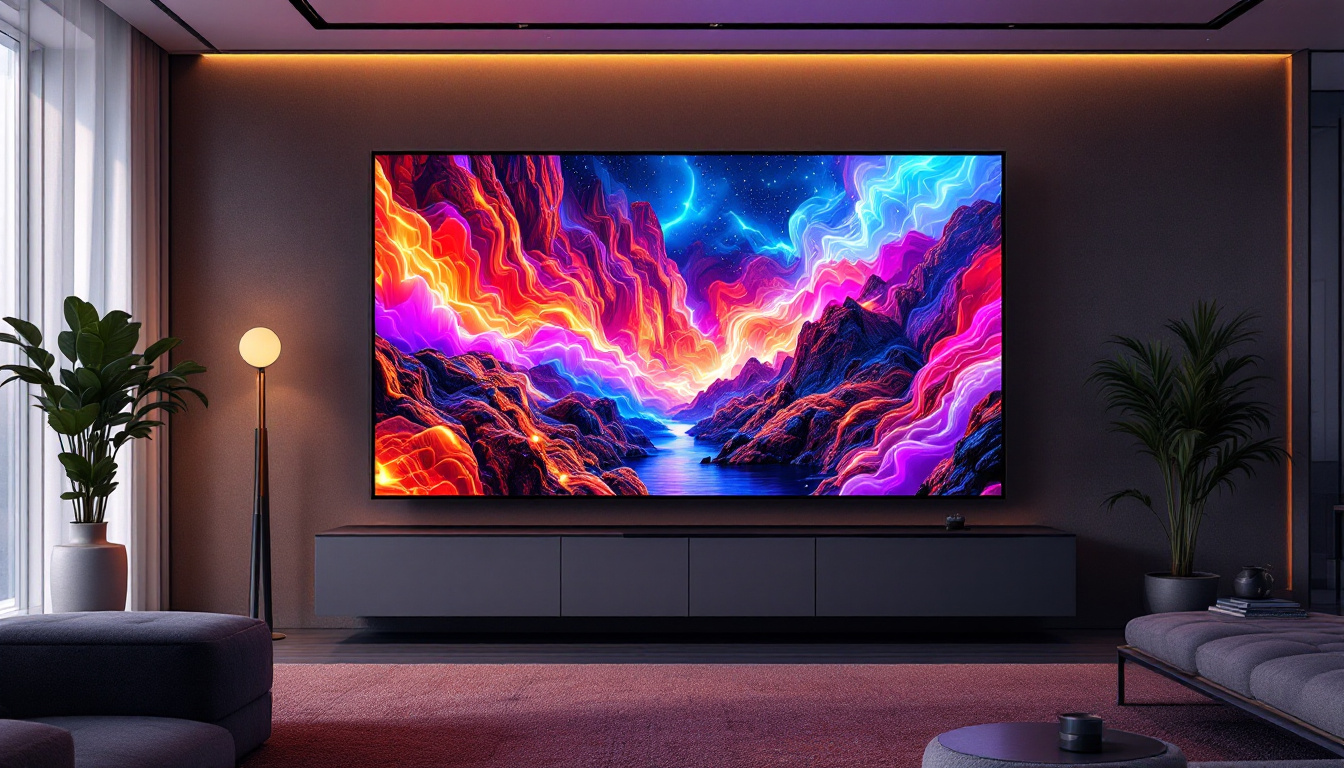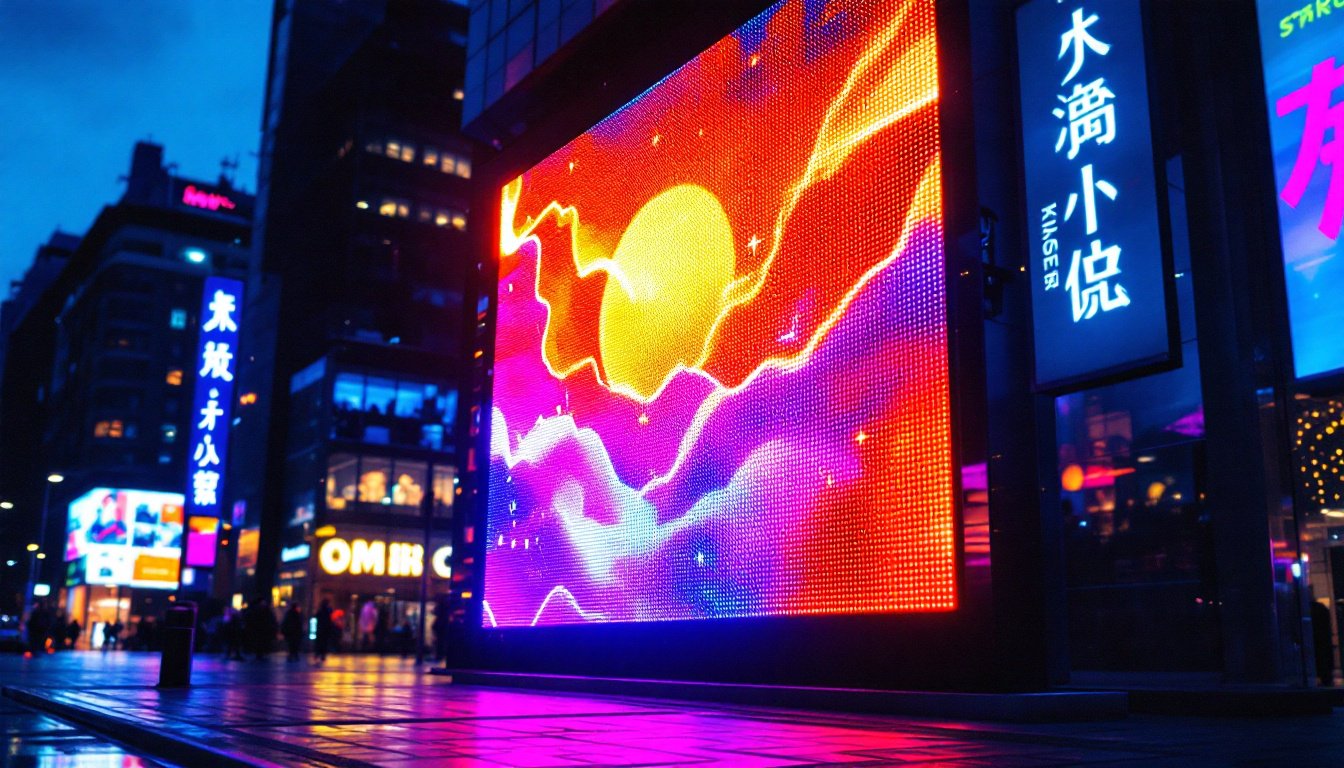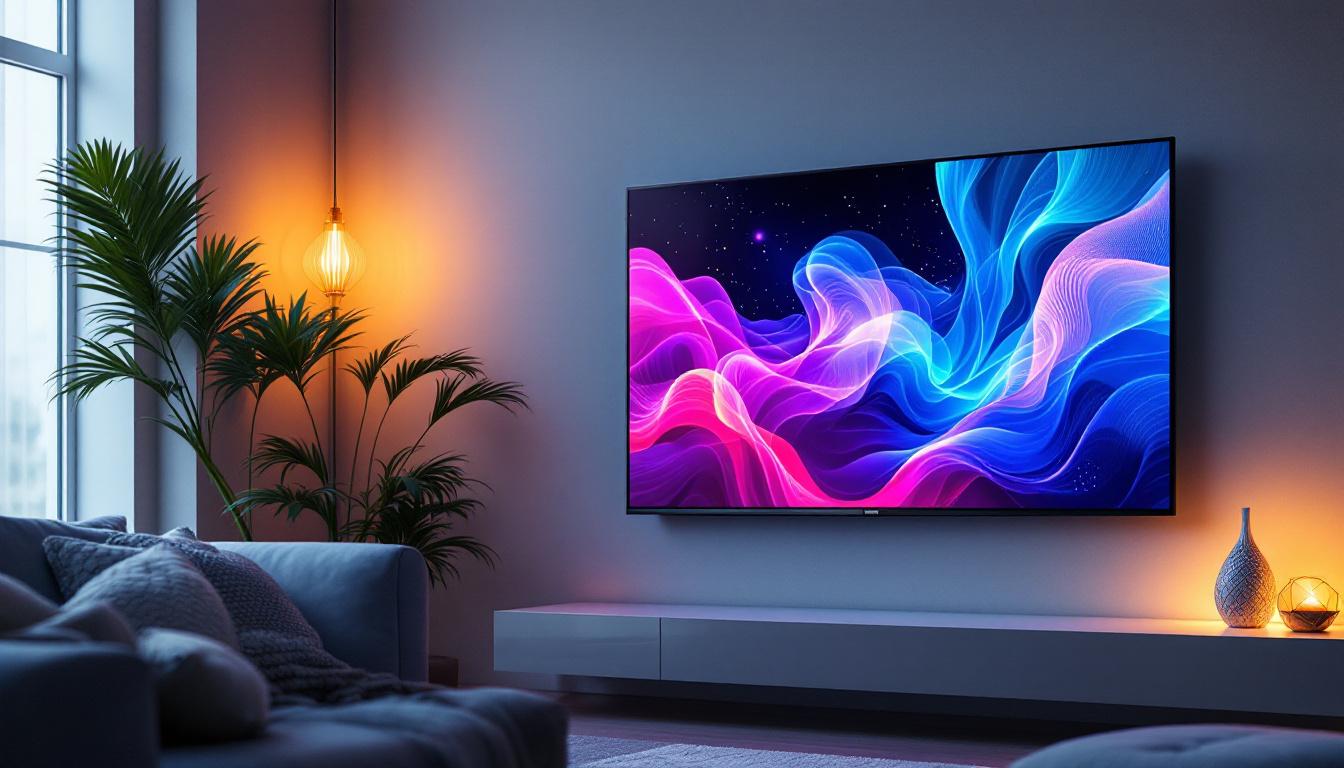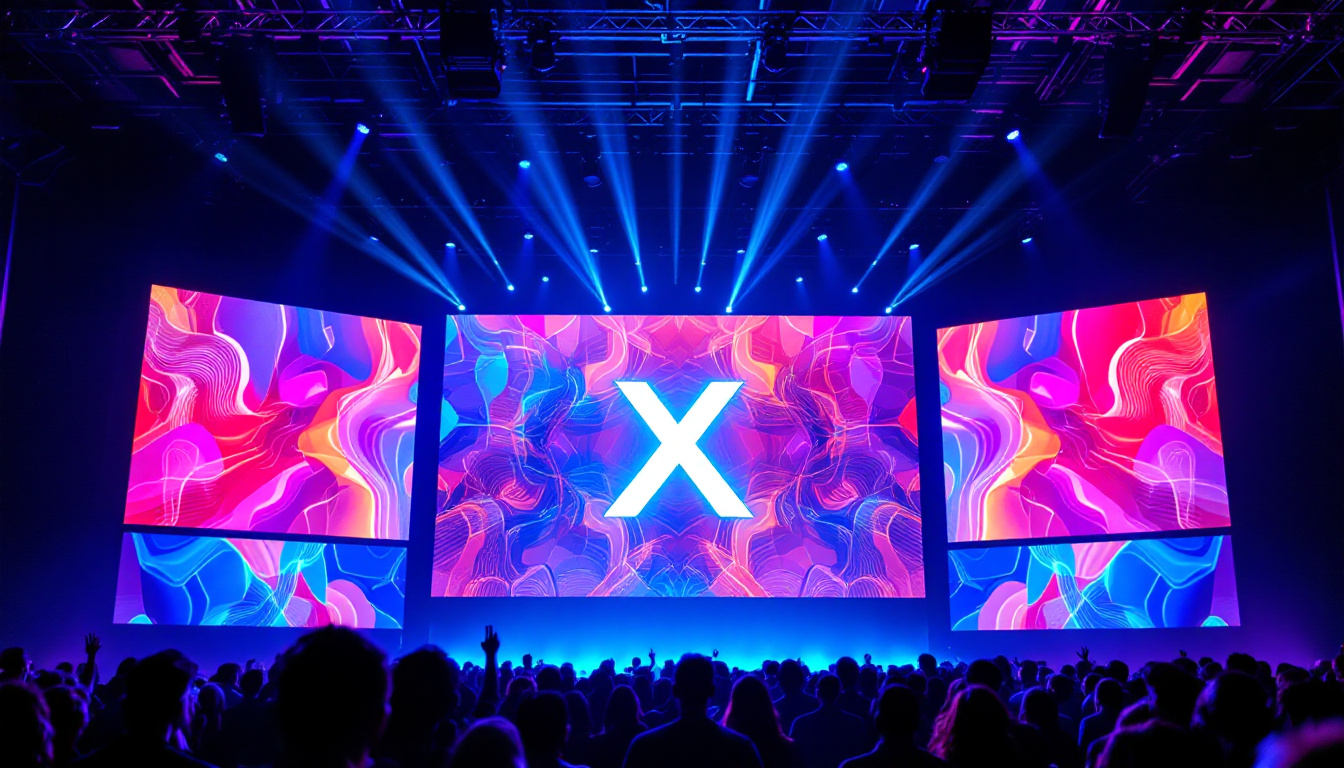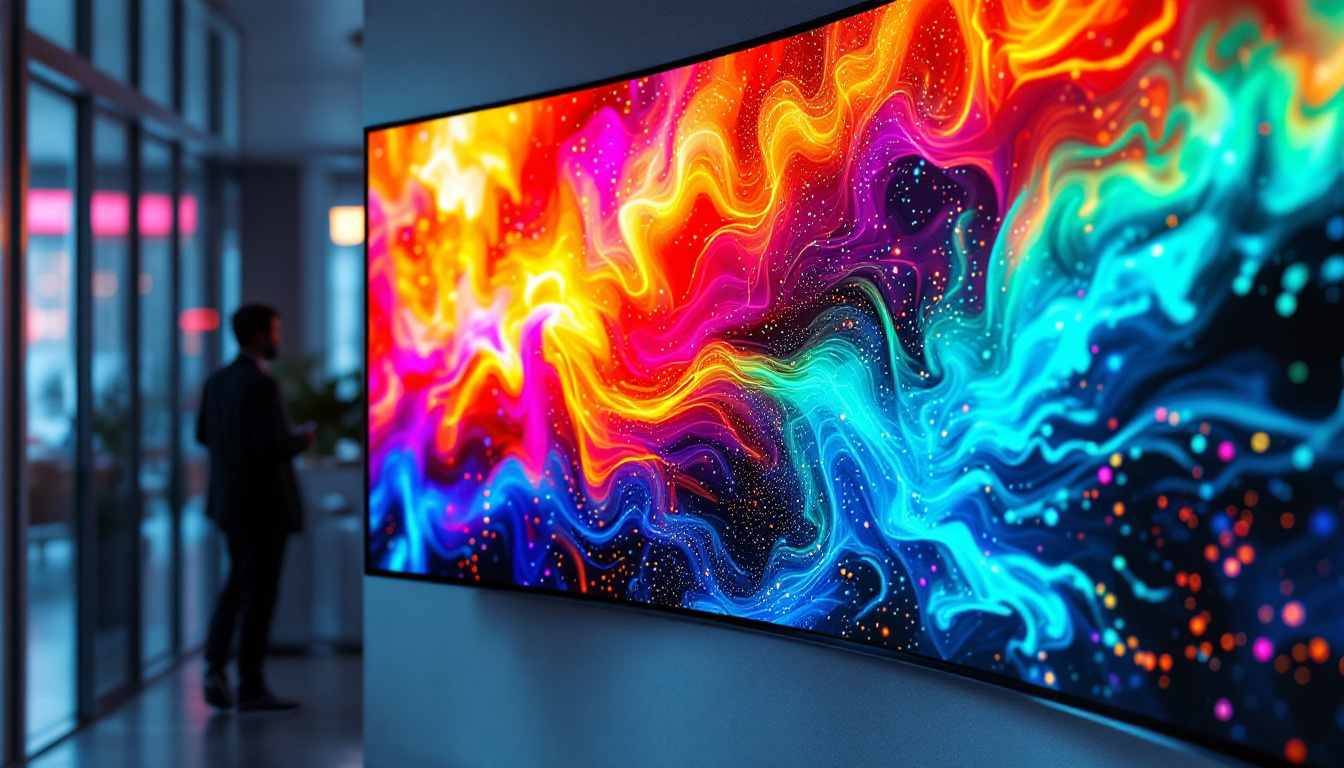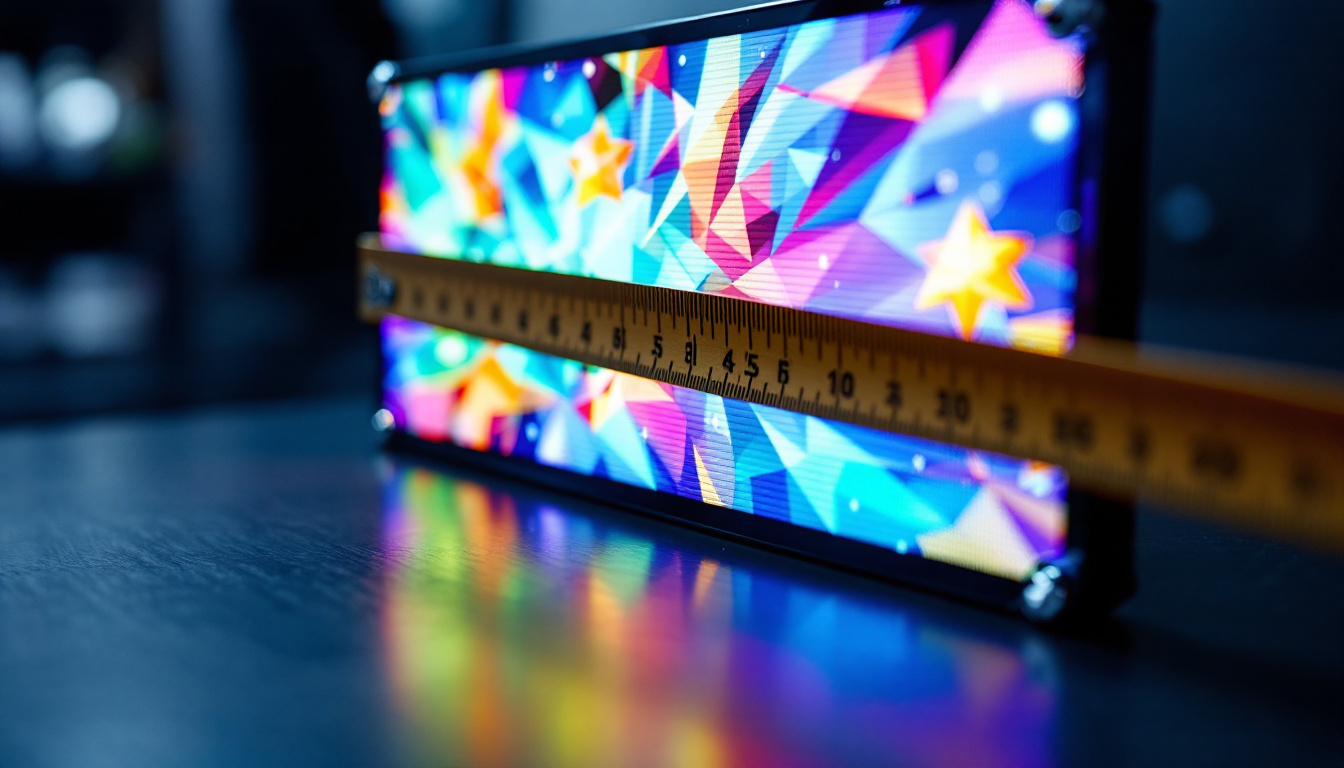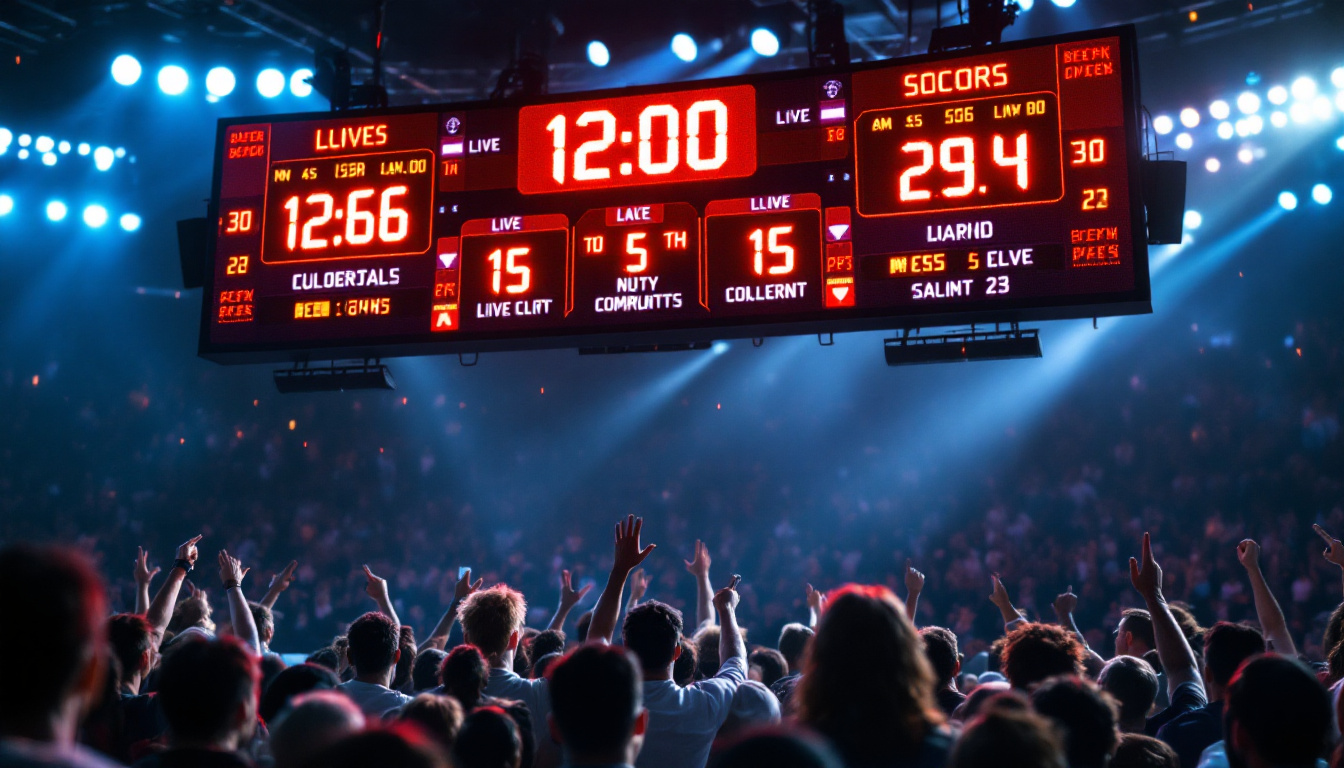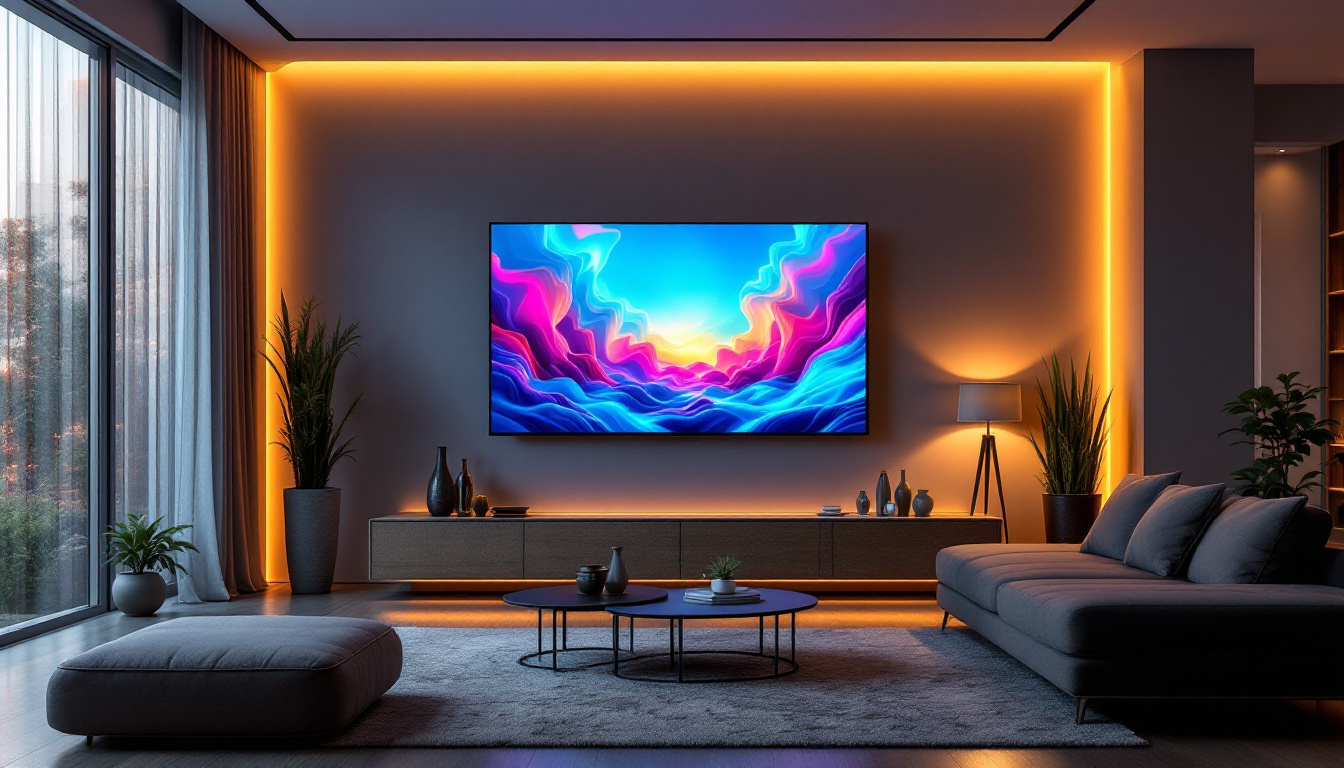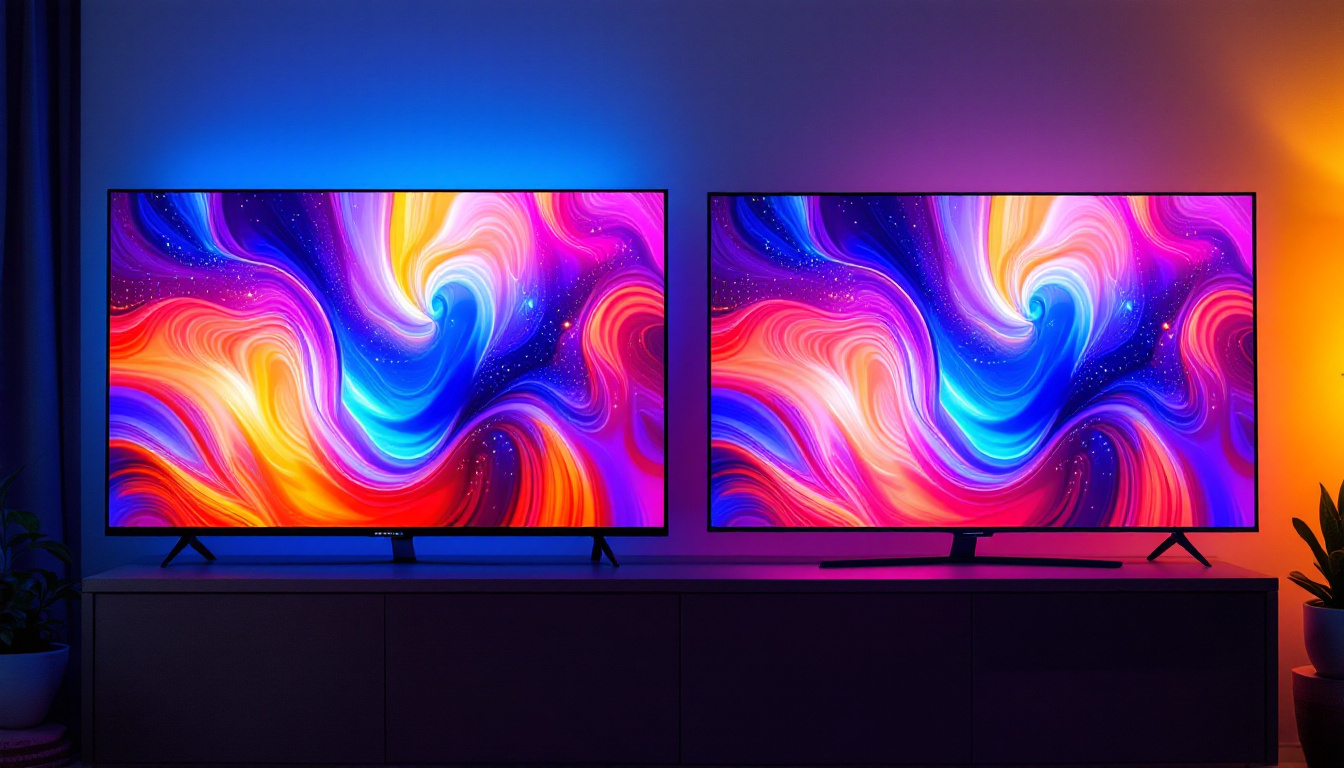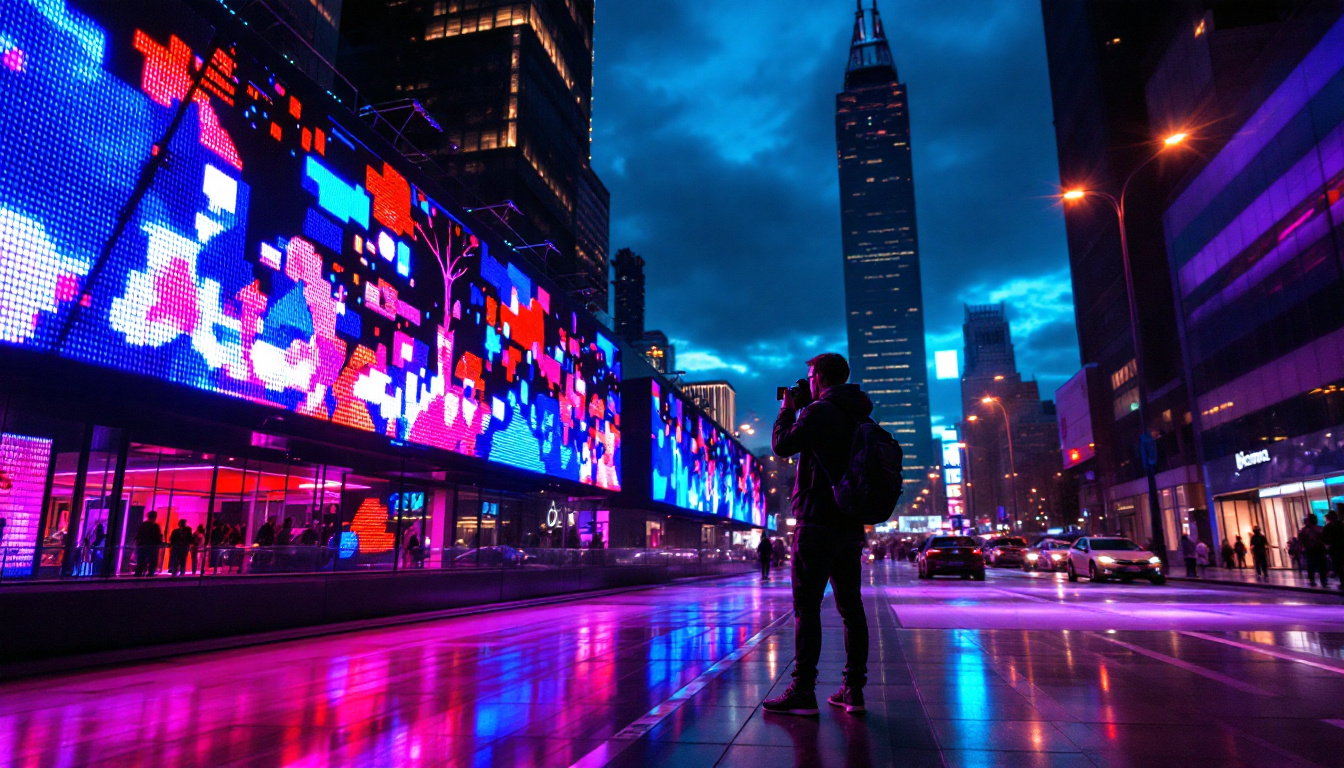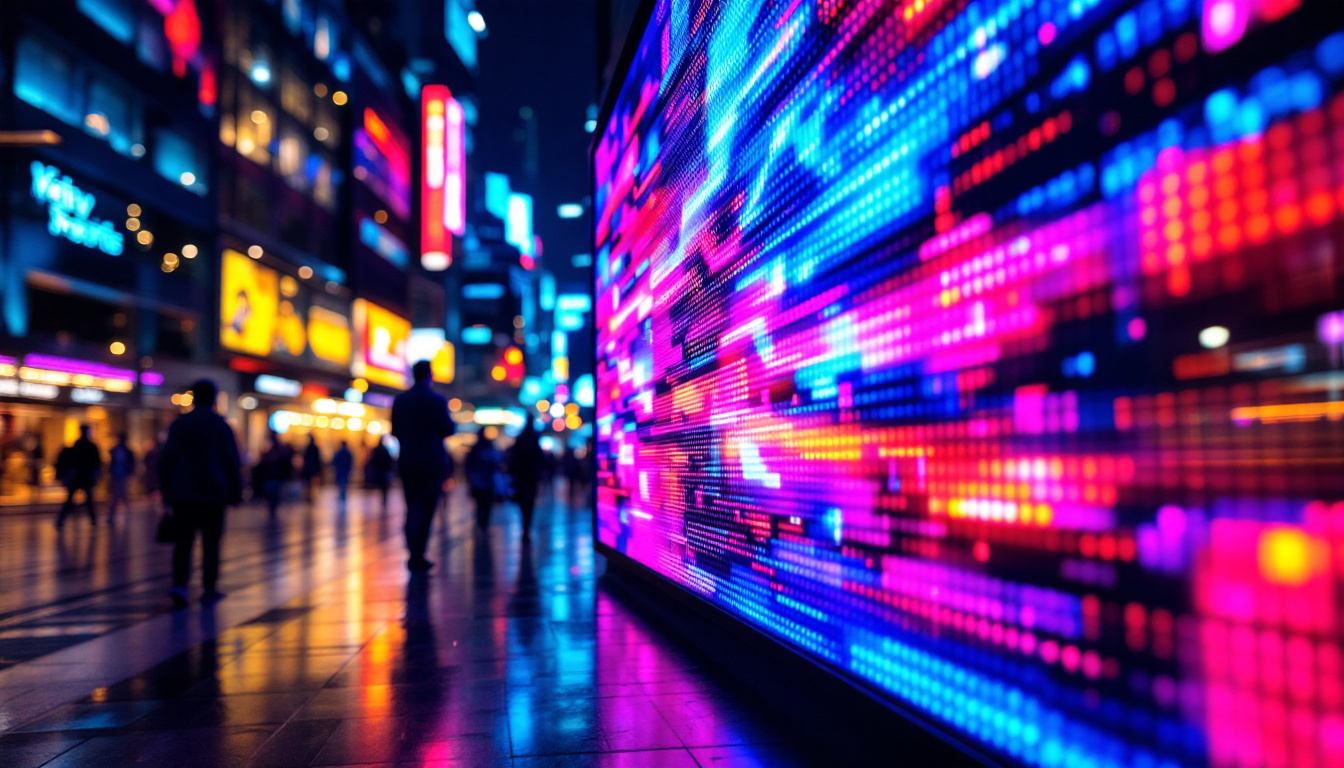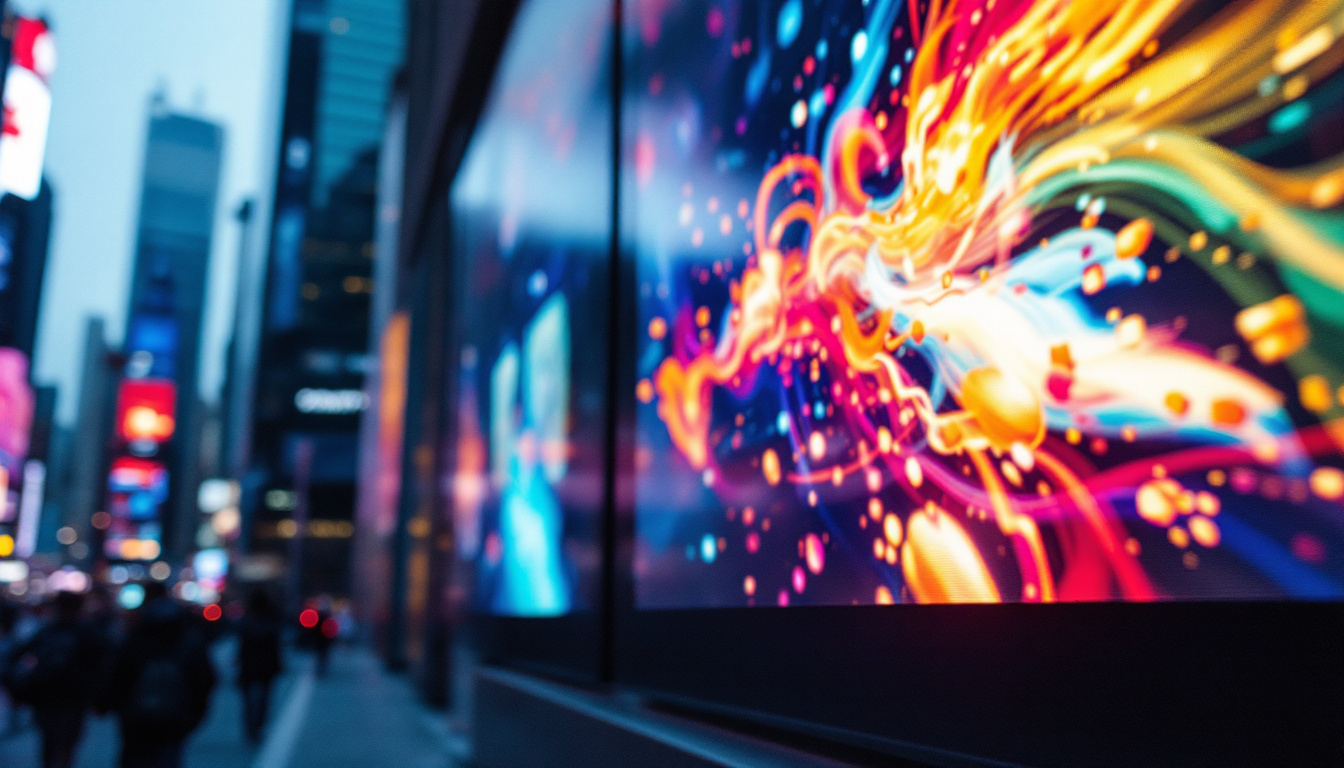In the ever-evolving world of technology, LED displays have become a cornerstone of modern visual communication. Among the various types of LED displays, the Pixel P logo has garnered attention for its unique features and applications. This article delves into the intricacies of Pixel P logos, exploring their functionality, advantages, and the technology behind them.
Understanding LED Displays
LED displays are composed of numerous light-emitting diodes (LEDs) that work together to create vibrant images and videos. These displays have revolutionized the way information is presented, from advertising billboards to television screens. The technology behind LED displays is complex, yet fascinating, offering a range of benefits that traditional display technologies cannot match. With their ability to produce bright, energy-efficient images, LED displays have become the go-to choice for many industries, leading to a significant shift in how visual content is consumed and interacted with.
What is a Pixel P Logo?
The term “Pixel P” refers to a specific type of LED display characterized by its pixel pitch, which is the distance between the centers of two adjacent pixels. A smaller pixel pitch results in higher resolution and better image quality, making it ideal for close-up viewing. Pixel P logos are typically used in applications where clarity and detail are paramount, such as in retail signage, event displays, and corporate branding. The precise arrangement of LEDs in these displays allows for intricate designs and vibrant color reproduction, making them an essential tool for businesses looking to stand out in a crowded marketplace.
How Pixel P Logos Work
Pixel P logos utilize a matrix of LEDs to form images. Each pixel is made up of red, green, and blue (RGB) diodes that can be individually controlled to produce a wide spectrum of colors. When these pixels are combined, they create a cohesive image that can be easily seen from various distances. The technology allows for dynamic content, meaning that logos can be animated or changed in real-time, providing a fresh and engaging experience for viewers. This capability not only enhances the visual appeal but also allows brands to convey messages more effectively, adapting their displays to suit different audiences or events.
Applications of Pixel P Logos
Pixel P logos find their place in a variety of settings. From large-scale outdoor displays to smaller indoor installations, the versatility of these logos makes them suitable for numerous applications. Retailers often use them for promotional displays, while event organizers leverage their dynamic capabilities to attract attention. Additionally, Pixel P logos are increasingly being integrated into corporate branding strategies, enhancing visibility and recognition. Beyond commercial uses, these displays are also popular in public spaces, such as stadiums and concert venues, where they can deliver high-impact visuals that captivate audiences. Furthermore, as technology continues to evolve, the potential for Pixel P logos expands, paving the way for innovative uses in interactive advertising and immersive experiences.
The Advantages of Pixel P Logos
When considering the implementation of a Pixel P logo, it’s essential to understand the advantages they offer over traditional display options. Their unique characteristics provide numerous benefits that can enhance visibility and engagement.
High Resolution and Clarity
One of the most significant advantages of Pixel P logos is their high resolution. With a smaller pixel pitch, these displays can showcase intricate details that are often lost in larger pixel configurations. This clarity is crucial for applications where precision is necessary, such as in branding and advertising. The vibrant colors produced by the RGB LEDs further enhance the visual appeal, making messages more impactful.
Dynamic Content Capabilities
Unlike static displays, Pixel P logos can easily change the content they display. This capability allows businesses to update their messaging in real-time, ensuring that viewers receive the most current information. Whether it’s a promotional offer or a brand message, the ability to adapt quickly can be a game changer in competitive markets. Moreover, the dynamic nature of these displays can capture attention more effectively than traditional signage.
Energy Efficiency
Energy consumption is a critical consideration for any display technology. Pixel P logos are designed to be energy-efficient, using less power than traditional lighting methods. This efficiency not only reduces operational costs but also contributes to a lower carbon footprint. As businesses increasingly prioritize sustainability, the energy-saving features of Pixel P logos make them an attractive option.
Technical Specifications of Pixel P Logos
Understanding the technical specifications of Pixel P logos is essential for making informed decisions regarding their implementation. These specifications can vary based on the manufacturer and intended application, but several key factors remain consistent across the board.
Pixel Pitch
The pixel pitch is one of the most critical specifications when evaluating a Pixel P logo. Measured in millimeters, the pixel pitch determines how closely the pixels are spaced. A smaller pixel pitch (e.g., 1.5mm) is ideal for indoor applications where viewers are closer to the display, while a larger pitch (e.g., 10mm) may be suitable for outdoor settings where the viewing distance is greater. Selecting the right pixel pitch is essential for achieving the desired image quality and viewer experience.
Brightness and Contrast Ratio
Brightness is another vital specification for LED displays. Measured in nits, the brightness level determines how well the display can be seen in various lighting conditions. A higher brightness level is essential for outdoor displays that need to compete with sunlight. The contrast ratio, on the other hand, measures the difference between the brightest and darkest parts of the image. A higher contrast ratio enhances image quality, making colors appear more vibrant and details more defined.
Refresh Rate
The refresh rate refers to how often the display updates the image per second, measured in hertz (Hz). A higher refresh rate results in smoother motion and reduces flickering, which is particularly important for video content. For applications involving fast-moving images, such as sports broadcasts or promotional videos, a refresh rate of 60Hz or higher is recommended to ensure a seamless viewing experience.
Installation and Maintenance Considerations
Installing a Pixel P logo involves several considerations, from site selection to ongoing maintenance. Proper planning and execution are crucial to ensure optimal performance and longevity of the display.
Site Selection
The location where the Pixel P logo will be installed plays a significant role in its effectiveness. Factors such as visibility, audience traffic patterns, and environmental conditions must be considered. For outdoor displays, exposure to sunlight and weather elements can impact performance, necessitating protective measures. Indoor installations, while less exposed to the elements, should still consider lighting conditions and viewer proximity to ensure maximum visibility.
Installation Process
The installation of a Pixel P logo typically requires professional assistance to ensure proper setup and alignment. The process involves mounting the display securely, connecting it to power sources, and integrating it with content management systems. Proper calibration is also essential to optimize brightness, color accuracy, and overall performance. Engaging experienced professionals can help avoid common pitfalls and ensure a successful installation.
Ongoing Maintenance
Regular maintenance is vital for keeping Pixel P logos in optimal working condition. This includes routine cleaning to remove dust and debris, which can affect brightness and clarity. Additionally, software updates may be necessary to ensure compatibility with new content formats or to enhance functionality. Establishing a maintenance schedule can help prolong the lifespan of the display and maintain its visual impact.
Future Trends in Pixel P Logo Technology
As technology continues to advance, the future of Pixel P logos looks promising. Innovations in LED technology and display design are paving the way for even more dynamic and engaging visual experiences.
Advancements in LED Technology
Future developments in LED technology are likely to focus on improving energy efficiency, enhancing color accuracy, and increasing the lifespan of displays. Emerging technologies such as microLED and OLED are also gaining traction, offering even greater resolution and flexibility in display design. These advancements will further enhance the capabilities of Pixel P logos, making them even more appealing for businesses and organizations.
Integration with Smart Technology
The integration of Pixel P logos with smart technology is another trend to watch. As the Internet of Things (IoT) continues to grow, displays can be connected to various data sources, allowing for real-time content updates based on audience behavior, weather conditions, or social media trends. This level of interactivity can significantly enhance viewer engagement and provide businesses with valuable insights into consumer preferences.
Enhanced Interactivity
Future Pixel P logos may also incorporate advanced interactive features, such as touch capabilities or augmented reality (AR) integration. These innovations can create immersive experiences for viewers, allowing them to engage with the content in new and exciting ways. As businesses seek to capture audience attention in increasingly crowded spaces, interactive displays will become essential tools for effective communication.
Conclusion
The Pixel P logo represents a significant advancement in LED display technology, offering unique advantages that set it apart from traditional signage options. With high resolution, dynamic content capabilities, and energy efficiency, these logos are ideal for a variety of applications. Understanding the technical specifications, installation considerations, and future trends can empower businesses to make informed decisions about integrating Pixel P logos into their branding and communication strategies.
As technology continues to evolve, the potential for Pixel P logos will only expand, offering new opportunities for engagement and visibility. Embracing these advancements can help businesses stay ahead of the curve and effectively connect with their audiences in an increasingly digital world.
Discover LumenMatrix’s Innovative LED Solutions
Ready to elevate your brand’s visual impact with the latest in LED display technology? Look no further than LumenMatrix, where innovation meets excellence. Our comprehensive range of LED display solutions, from Indoor and Outdoor LED Walls to Custom and All-in-One Displays, is designed to captivate your audience and bring your vision to life. Experience the future of visual communication with our cutting-edge displays that promise to enhance engagement and deliver your message with unparalleled clarity. Check out LumenMatrix LED Display Solutions today and transform the way you connect with your audience.

